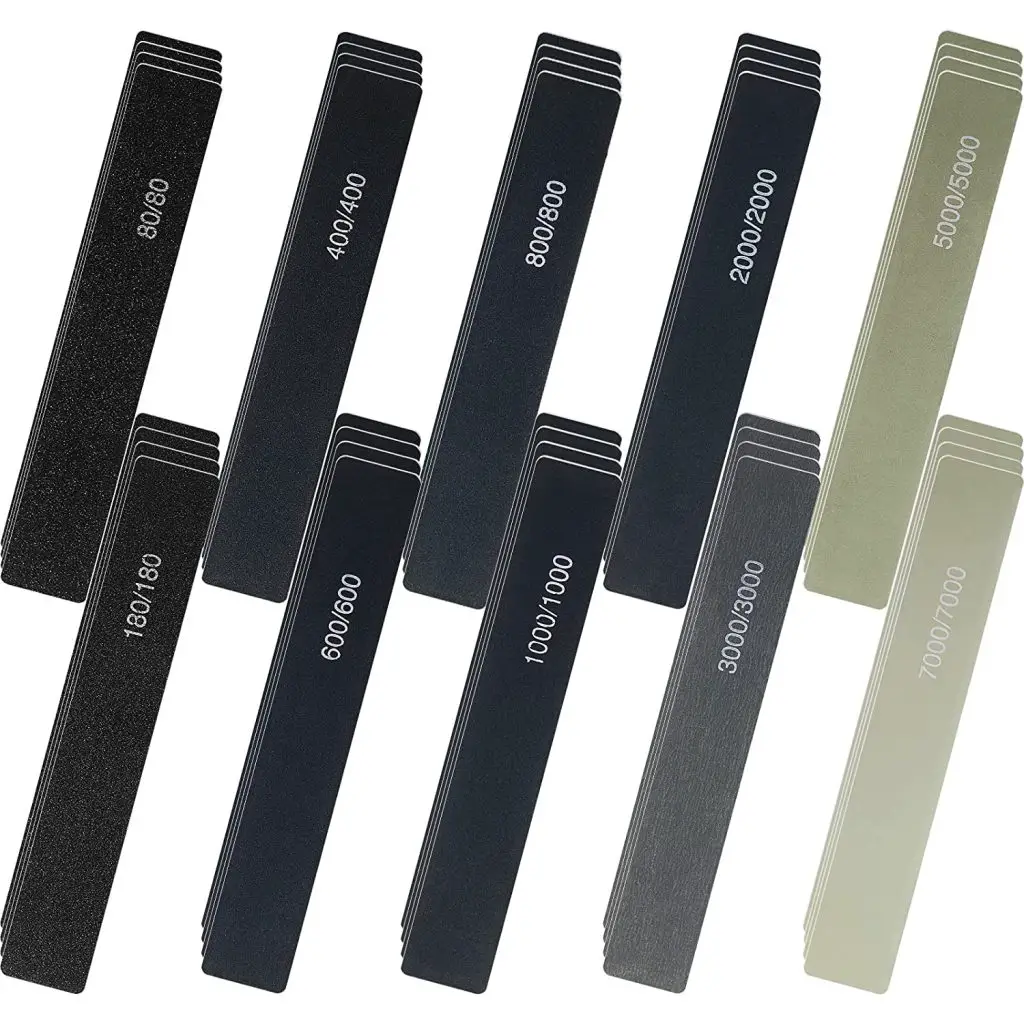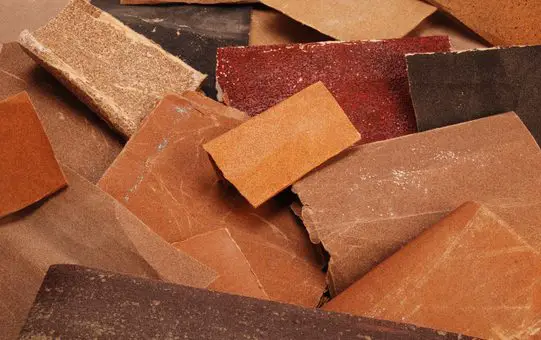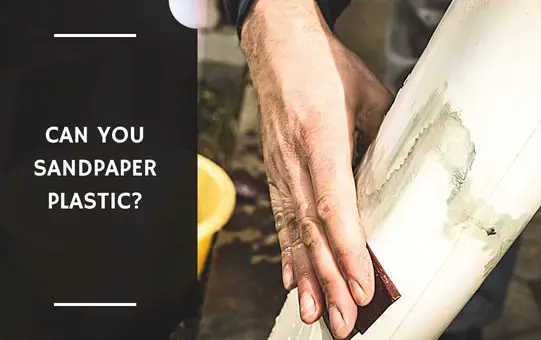When it comes to sandpaper, most people tend to think of using it on wood, metal, or other hard surfaces. However, some may wonder if sandpaper can also be used on plastic.
Can You Sandpaper Plastic?
Yes, you can sandpaper plastic. Be careful not to sand too deep, as this can damage the plastic.
In this article, we will explore whether sandpaper can be used on plastic, what types of plastic can be sanded, and the best practices for sanding plastic.
See Also: What Sandpaper to Use on Car?
Can You Sandpaper Plastic? – Guide
Plastic is a common material used in various products and projects, and sanding it may seem like an easy way to smooth out rough edges or roughen surfaces for better adhesion.
However, it’s important to note that not all types of plastic can be sanded with sandpaper, and the sandpaper grit and technique used can make a big difference in the outcome of your project.
What Types of Plastic Can Be Sanded?
Before you begin sanding plastic, it’s important to identify what type of plastic you’re working with.
Some types of plastic are more difficult to sand than others, and sanding the wrong type of plastic can result in damage to the material.
Here are some of the most common types of plastic and whether they can be sanded:
Polypropylene (PP)
Polypropylene is a tough, lightweight plastic commonly used in automotive parts, packaging, and household items.
It’s not recommended to sand polypropylene as it has low surface energy, which makes it difficult for adhesives and paints to adhere to the surface. Sanding can also cause the plastic to melt and become distorted.
Polyethylene (PE)
Polyethylene is a versatile plastic used in various applications such as packaging, toys, and pipes.
It’s relatively easy to sand but it’s important to note that it can also melt if too much pressure is applied or if the sandpaper is too coarse.

Honoson Sanding Sticks
Get flawless finishes on your plastic models, metal, and wood crafts with these Honoson 40 polishing and sanding sticks.
Perfect for jewelry makers and model enthusiasts alike.
Order now for expert-quality results!
Acrylic (PMMA)
Acrylic is a popular plastic used in a variety of products, including signage, displays, and aquariums.
Acrylic can be sanded but it requires a gentle touch and fine grit sandpaper to avoid scratching or cracking the surface.
Polycarbonate (PC)
Polycarbonate is a strong, lightweight plastic used in applications such as automotive parts, electronics, and construction materials.
It can be sanded but it’s important to use fine grit sandpaper and avoid applying too much pressure, as polycarbonate can easily scratch or crack.
PVC
PVC (polyvinyl chloride) is a common plastic used in construction materials, pipes, and vinyl products.
PVC can be sanded but it’s important to use fine grit sandpaper and avoid applying too much pressure, as the plastic can melt or become distorted.
Best Practices for Sanding Plastic
Now that we know what types of plastic can be sanded, it’s important to follow some best practices to ensure a smooth and successful sanding project. Here are some tips for sanding plastic:

Use the right grit sandpaper
When sanding plastic, it’s important to use the right grit sandpaper. Coarse grit sandpaper can scratch or damage the plastic, while fine grit sandpaper may not be abrasive enough to smooth out the surface. A grit between 180 and 220 is typically suitable for sanding plastic.
Use a sanding block
Using a sanding block can help ensure an even and consistent sanding surface. A sanding block can also help prevent accidental scratches or damage to the plastic.
Keep the surface cool
Sanding plastic can generate heat, which can cause the plastic to melt or become distorted.
To prevent this, it’s important to keep the surface cool by periodically wetting the plastic with water while sanding. This will help dissipate the heat and prevent any damage to the plastic.
Use a light touch
When sanding plastic, it’s important to use a light touch and avoid applying too much pressure.
Excessive pressure can cause the plastic to melt, become distorted, or crack. Instead, apply gentle pressure and let the sandpaper do the work.
Sand in one direction
Sanding in one direction can help prevent accidental scratches or damage to the plastic.
Sanding in a back-and-forth motion can create uneven scratches and cause the plastic to become rough or bumpy.
Conclusion
No matter what the task, it can be difficult to know if sandpaper is the right tool for the job.
While it is possible to sandpaper plastic, it is important to consider the type of plastic, the desired outcome, and the tools available before starting.
Ultimately, the decision to sandpaper plastic should be based on the individual’s unique needs.
I hope this blog post is helpful for you in understanding can you sandpaper plastic.
Read Also: Why Do Painters Use Sandpaper in Polishing Doors?
